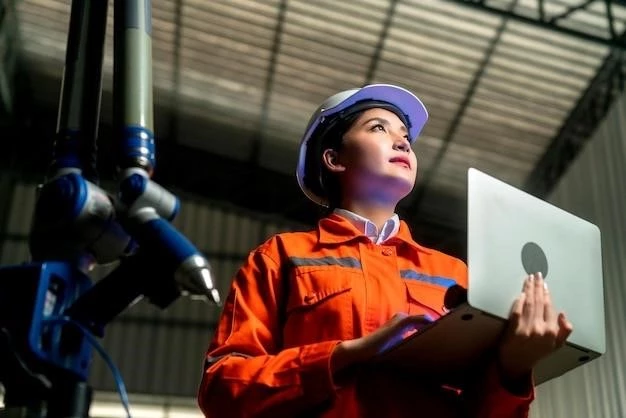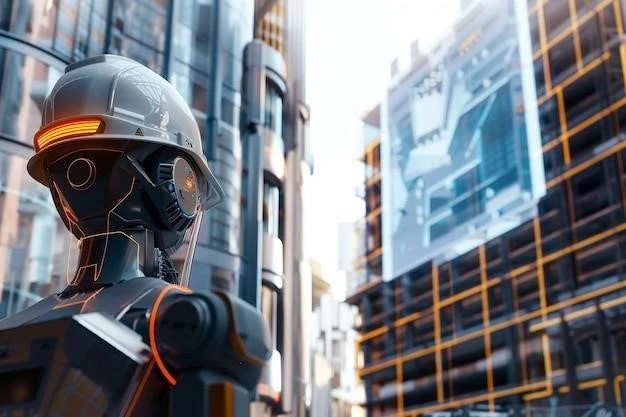As a Safety Engineer at a large industrial plant, I’ve witnessed firsthand the evolution of workplace safety. What was once primarily focused on physical hazards has expanded to encompass a much broader spectrum, including mental health, ergonomics, and the use of cutting-edge technologies.
I remember when our biggest concerns were slips, trips, and falls. We implemented rigorous safety protocols, conducted regular training sessions, and invested in personal protective equipment (PPE). While these measures remain crucial, the landscape has shifted dramatically. Today, we’re facing a new wave of challenges and opportunities that are reshaping how we approach workplace safety.
1. The Rise of Predictive Safety
One of the most exciting developments is the shift from reactive to predictive safety. Instead of simply reacting to accidents after they happen, we’re now using data and technology to identify potential hazards before they cause harm.
I was tasked with implementing a new IoT system in our plant. We installed sensors on critical equipment to monitor temperature, vibration, and other parameters in real-time. This data is fed into a central dashboard, giving us early warning signs of potential equipment failure. We can now schedule maintenance proactively, minimizing downtime and reducing the risk of accidents caused by malfunctions.

2. Prioritizing Mental Health and Well-being
The days of solely focusing on physical safety are long gone. I’ve learned that a truly safe workplace must address the mental well-being of its employees. Stress, burnout, and mental health issues can impact not only productivity but also increase the risk of accidents.
We launched several initiatives to support our employees’ mental health, including:
- Flexible work arrangements: Recognizing that work-life balance is crucial for mental well-being, we introduced flexible work hours and remote work options wherever possible.
- Mental health resources: We partnered with a mental health provider to offer confidential counseling services and workshops on stress management and resilience.
- Open communication: We fostered a culture where employees feel comfortable discussing mental health concerns without fear of stigma.

3. Embracing New Technologies
Technology is playing a transformative role in workplace safety. From wearable sensors to virtual reality (VR) training, the possibilities are endless. I’ve been particularly impressed with the impact of:
- Wearables: We equipped our workers with wearable devices that track their movements and environmental conditions. This data helps us identify ergonomic risks, prevent heat stress, and even send for help automatically in case of a fall or other emergencies.
- VR Training: We’ve incorporated VR simulations into our training programs, allowing employees to experience hazardous situations in a safe and controlled environment. This immersive approach improves engagement and knowledge retention compared to traditional training methods.
4. Addressing the Skills Gap
As technology advances, the demand for skilled workers in safety-related fields is growing. I’ve seen firsthand the challenges of finding qualified candidates to fill these roles. To address this skills gap, we’re investing in:
- Upskilling and Reskilling: We’re providing our existing workforce with opportunities to learn new skills through training programs and certifications in areas like data analytics, IoT, and robotics safety.
- Partnerships with Educational Institutions: We’re collaborating with universities and technical schools to develop curricula that meet the evolving needs of the industry.
5. Building a Culture of Safety
While technology and data are important, I firmly believe that the foundation of a safe workplace is a strong safety culture. This means creating an environment where everyone, from the CEO to frontline workers, feels empowered to speak up about safety concerns and take ownership of their own safety and the safety of others.
We’ve implemented several strategies to foster this culture, including:
- Employee-led Safety Committees: We empowered our employees to take an active role in identifying and mitigating hazards by establishing safety committees that meet regularly to discuss concerns and propose solutions.
- Recognition and Rewards: We celebrate and reward safe behaviors and initiatives to reinforce the importance of safety.
- Leading by Example: Our leadership team makes safety a top priority, demonstrating their commitment through visible actions and open communication.
Conclusion
The future of workplace safety is being shaped by rapid technological advancements, evolving worker expectations, and a greater focus on holistic well-being. As a Safety Engineer, I’m excited to be at the forefront of this transformation. By embracing data-driven insights, prioritizing mental health, investing in emerging technologies, and fostering a strong safety culture, we can create workplaces that are not only productive but also safe and fulfilling for everyone.










